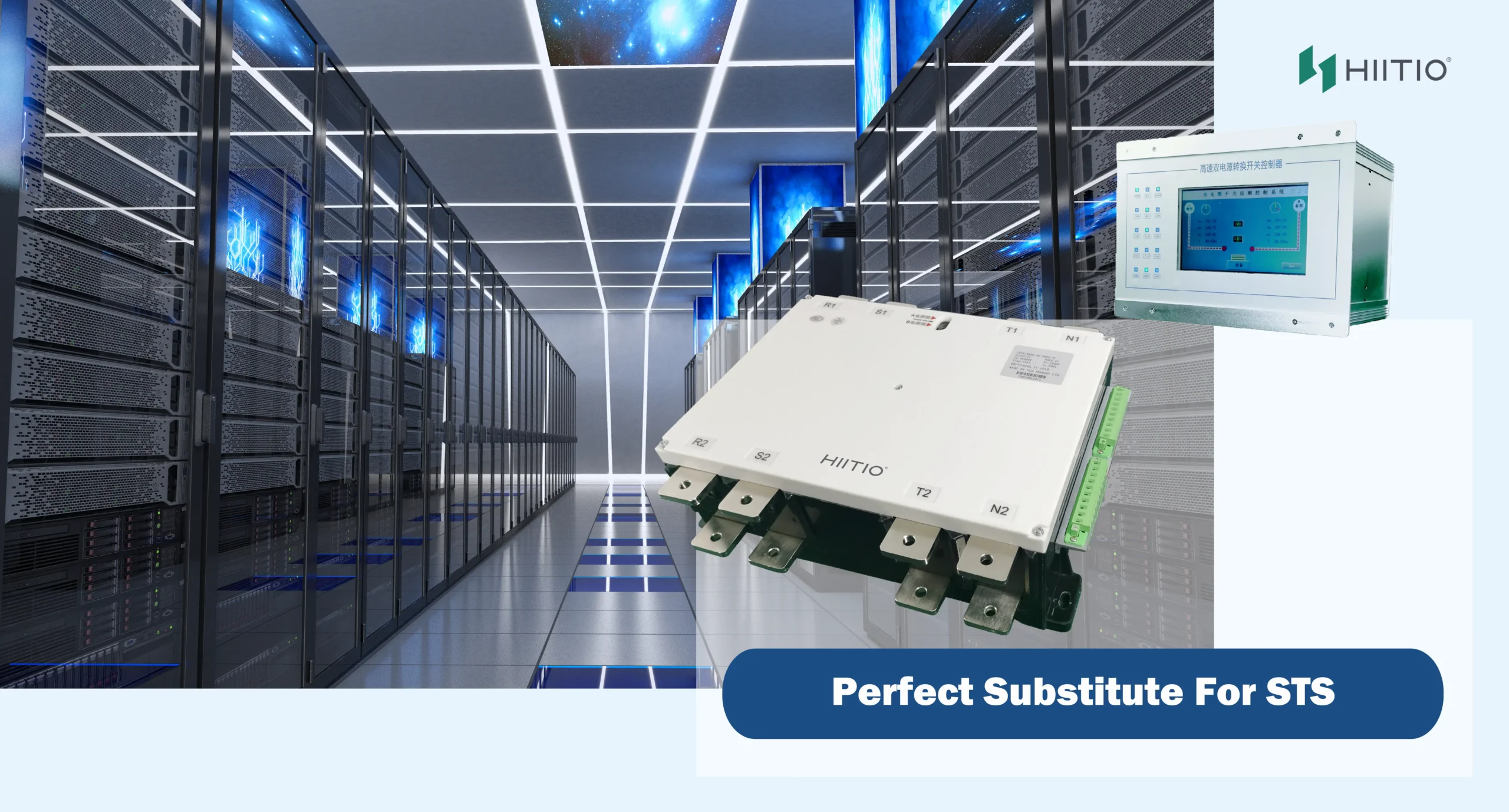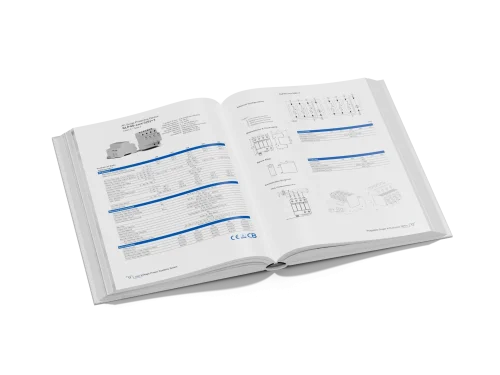Maintaining continuous, clean power is the single most important responsibility for any data center operator. Even a millisecond of interruption can cause server crashes, data corruption, or costly failovers. Static Transfer Switches (STS) — sometimes called high-speed transfer switches — play a vital role in keeping critical loads online by enabling near-instantaneous switching between two independent power sources.
This article explains how STSs work, why they matter for modern data centers, and practical guidance for selecting and deploying them. Relevant standards and real-world benefits are highlighted throughout.
What is a Static Transfer Switch?
An STS is a solid-state or hybrid switching device that transfers electrical load from one source to another (for example, from utility to generator or between two utility feeds) in a matter of milliseconds — typically well under 10 ms. Unlike mechanical changeover switches, STSs use power electronics (SCRs, IGBTs, or similar) to perform the transfer without moving parts, which allows much faster, wear-free switching and reduced arc risk.
Key technical characteristics
- Transfer time: often 0–10 ms (HIITIO’s HTS family specifies 5 ms).
- Poles: 2P / 3P / 4P options for single- and three-phase systems.
- Rated voltages/currents and withstands: designed to meet low-voltage switchgear standards (e.g., up to 400 V AC, short-time withstand currents in the kA range).
Why STSs matter in data centers — the reliability case
Minimize transfer disturbance for sensitive IT loads
Many server power supplies and modern edge devices cannot tolerate prolonged interruption. Fast, controlled transfers from an STS avoid inrush, overvoltage, or brownout conditions that can trip IT equipment or corrupt memory. IEC transfer-switching guidance explicitly describes how transfer switching reduces disturbances to loads.

Enable concurrent maintenance without downtime
In higher-tier data center topologies (Tier III and Tier IV), the ability to perform maintenance on one power path while the other remains live is essential. An STS can instantly and safely switch loads during planned transfers, supporting concurrent maintainability goals.
Provide path diversity and automatic recovery
STSs support dual-path architectures by supplying fast, automatic switching if one feed fails. This contributes directly to higher availability metrics (reduced MTTR and fewer unplanned outages). Vendors and whitepapers show STS implementations reduce UPS oversizing and improve system resilience when designed correctly.
Reduce UPS sizing and optimize total cost of ownership
With properly placed STSs, designers can avoid oversizing central UPS plants because STSs can isolate faults and enable selective transfer strategies. This often results in CAPEX/OPEX savings while maintaining high availability.
How STSs actually protect uptime — technical mechanisms
Synchronous transfer logic: when both sources are in phase and within voltage/frequency windows, the STS performs a make-before-break or synchronized transfer that avoids interruption. This is ideal for instantaneous switchover with zero interruption to the load.
Asynchronous (break-before-make) transfer: when sources are out-of-phase, the STS can execute a rapid break and re-make with protective timing to minimize stress on both the load and the sources. Robust control algorithms manage this transition to reduce transient risk.
Fault detection and selective transfer: advanced STSs integrate detection logic (voltage sag, frequency shift, harmonic distortion) to decide when to transfer and when to hold — preventing unnecessary or damaging switches.
Real Case of HIITIO High-speed Transfer Switch
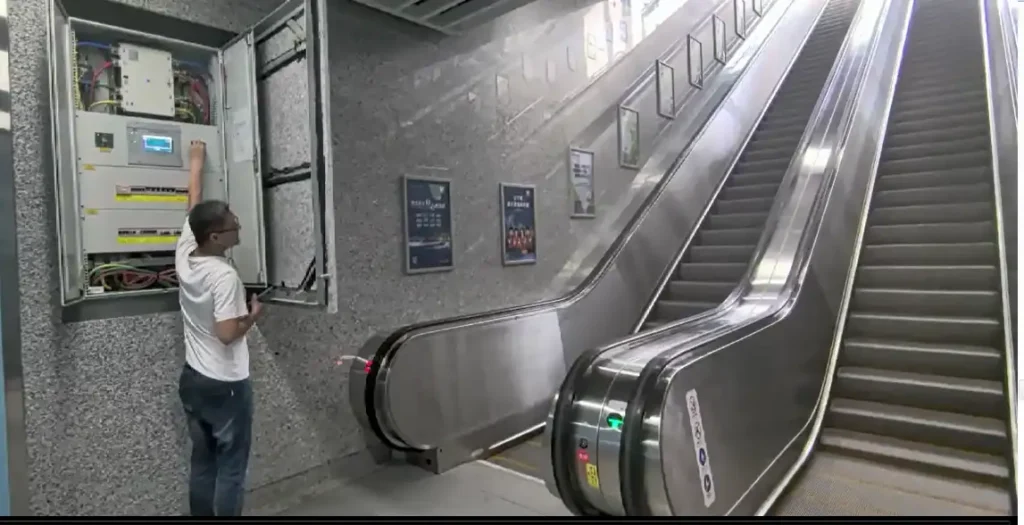
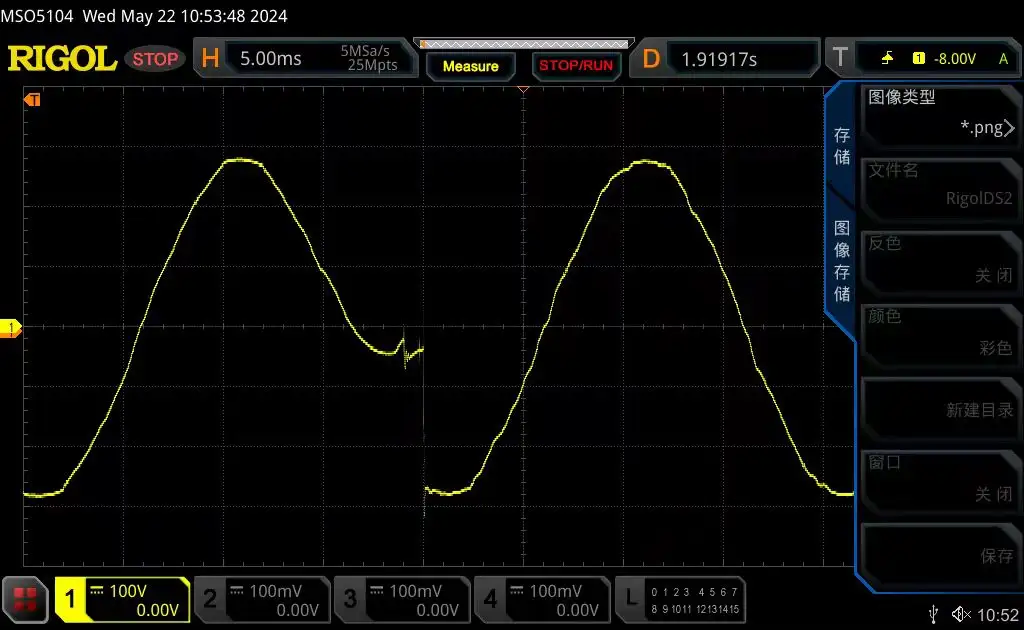
Redundancy inside the STS: high-availability STS designs include redundant controllers, SCR driver redundancy, and thermal/fan monitoring to avoid a single-point failure within the STS itself. These internal redundancies increase mean time between failures and are a common feature in data-center-grade devices.
Best practices for deploying STSs in data centers
Place STS at the right layer
Decide whether the STS will be installed at the PDU/rack level, room level, or upstream at the incoming switchgear. Each placement affects redundancy, maintainability, and fault domain size. Rack-level STSs localize failures; room-level STSs simplify maintenance but may increase impact radius.
Match transfer characteristics to your load
For ultra-sensitive equipment (e.g., certain telecom or storage systems), prioritize synchronous transfer-capable STSs and very low transfer times (<5–10 ms). Check inrush tolerance and suggested transfer windows for your specific IT load.
Test with realistic failure modes
Commission STSs with tests that simulate source loss, brownouts, out-of-phase reconnection, and maintenance transfers. Whitepapers on commissioning emphasize multi-stage validation for UPS, STS, and PDU systems.
Integrate controls and monitoring
Ensure the STS supports SNMP/Modbus or other telemetry so that facility monitoring systems can see transfer events, health metrics, and alarms in real time. This enables faster incident response and trending.
Design with isolation and fault containment
If a fault occurs on one power path, protective coordination (selective breakers and STS logic) should prevent the fault from cascading across both feeds. Careful upstream/downstream coordination is crucial.
HIITIO High-speed Transfer Switch Certification
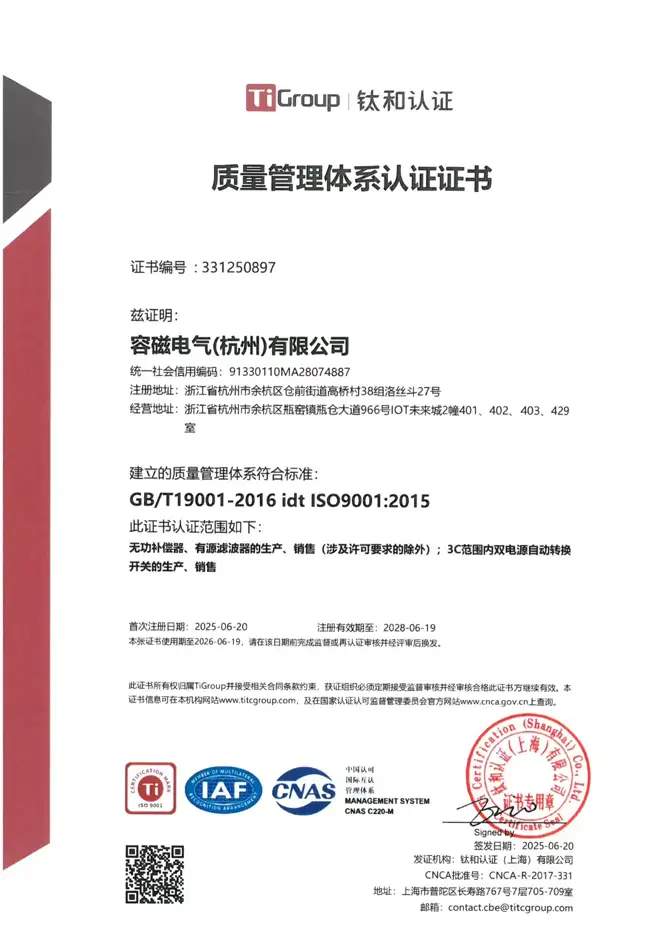
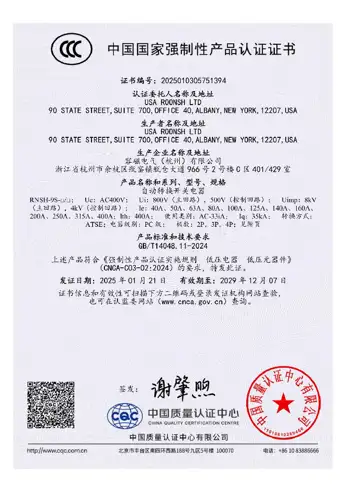
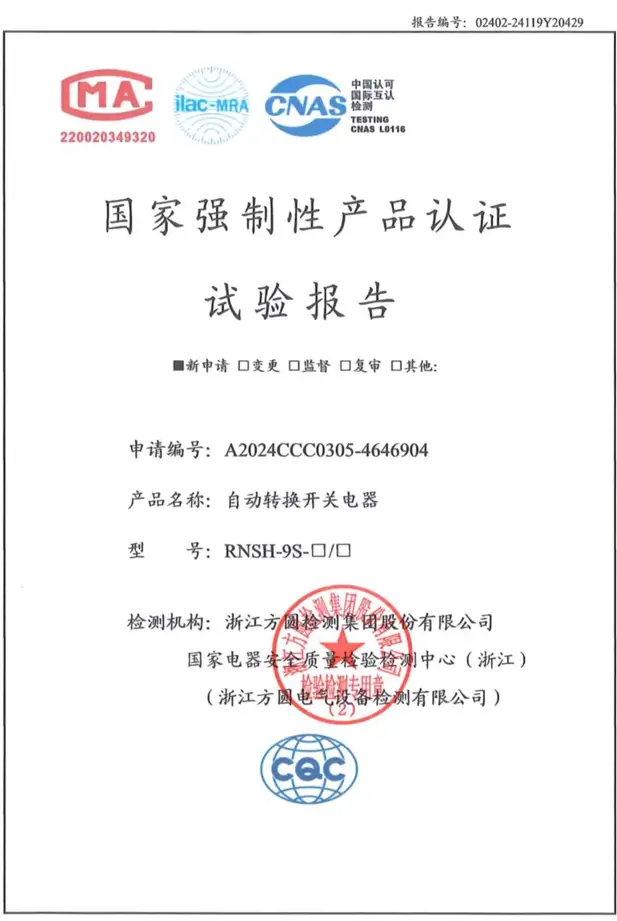
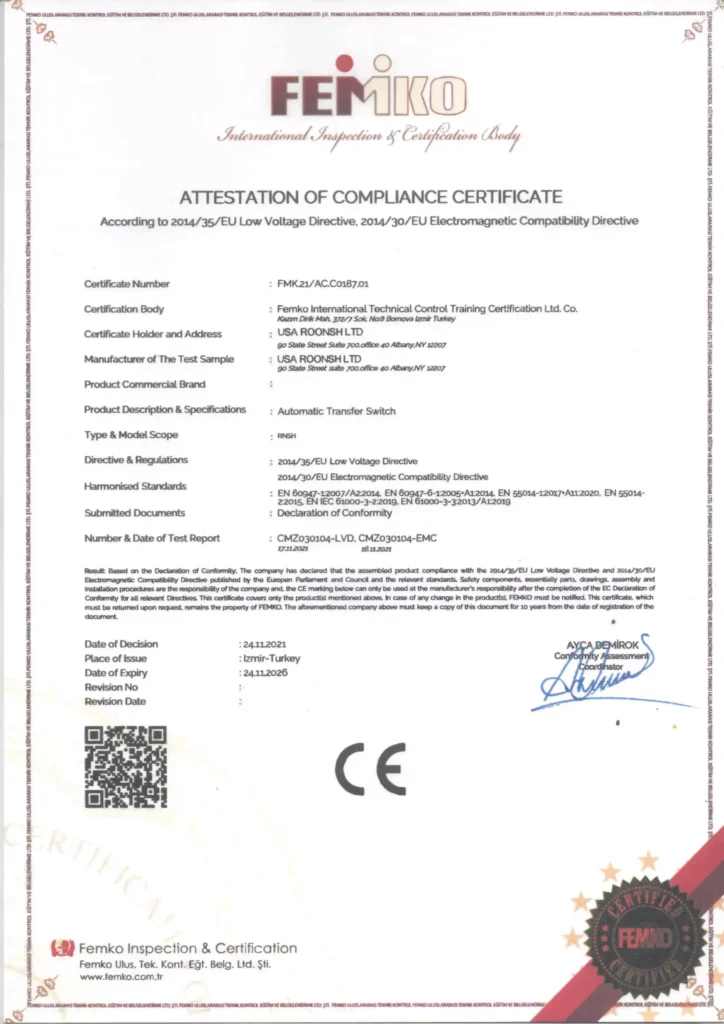
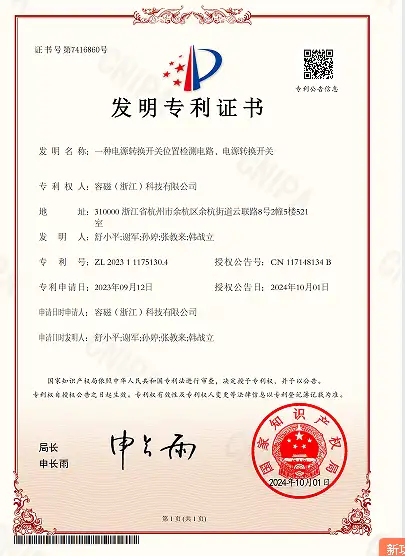
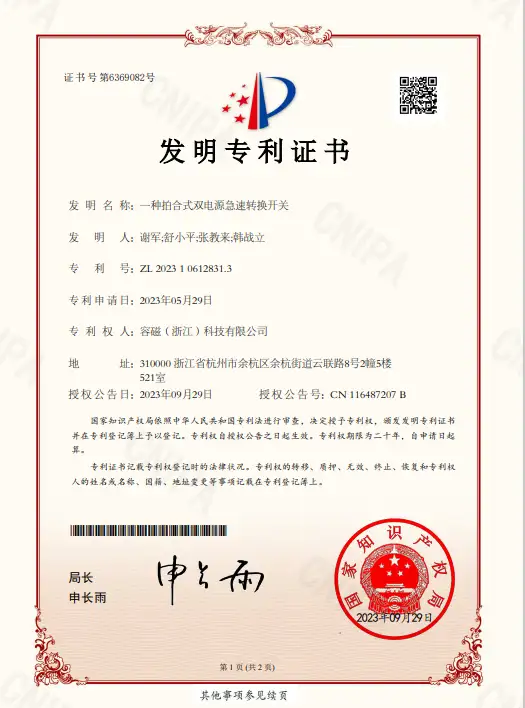
Standards and compliance you should watch
- IEC 60947-6-1 / IEC transfer switching equipment: the core international standard covering transfer switching equipment and safe transfer practices up to 1000 V AC. Compliance demonstrates that a product meets internationally recognized safety and performance tests.
- Vendor/industry whitepapers and technical notes: leading manufacturers publish STS technical notes that explain differences between static and mechanical switching and provide practical guidance on selection and commissioning. These documents are useful references during design and procurement.
Common pitfalls and how to avoid them
- Single point of failure at the STS location: an STS that is not itself redundant can become the single cause of downtime. Plan for redundancy or small fault domains.
- Incorrect transfer settings for mixed loads: mismatched transfer windows or synchronization tolerances can lead to unnecessary switching or equipment stress. Validate settings against load manufacturer recommendations.
- Neglecting commissioning and periodic testing: STS performance degrades without exercise and firmware checks; include routine test steps in maintenance plans.
View HIITIO High-speed Transfer Switch Factory
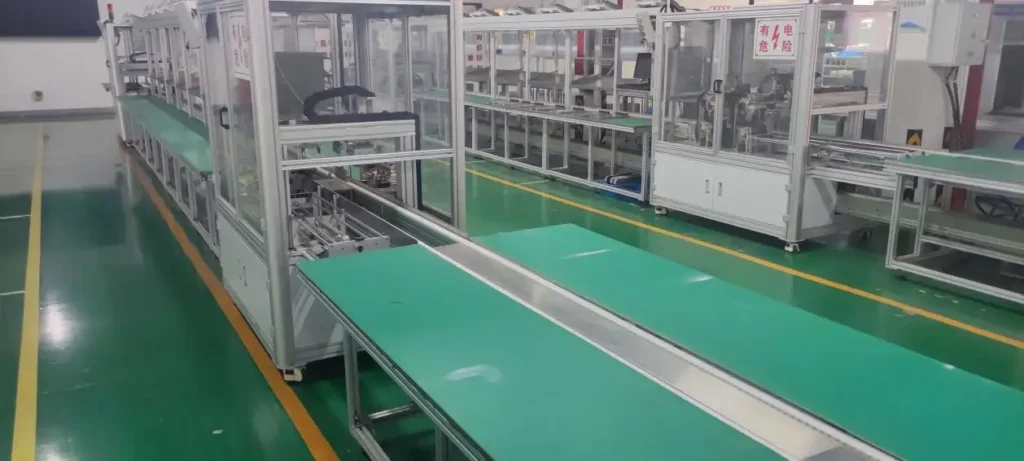
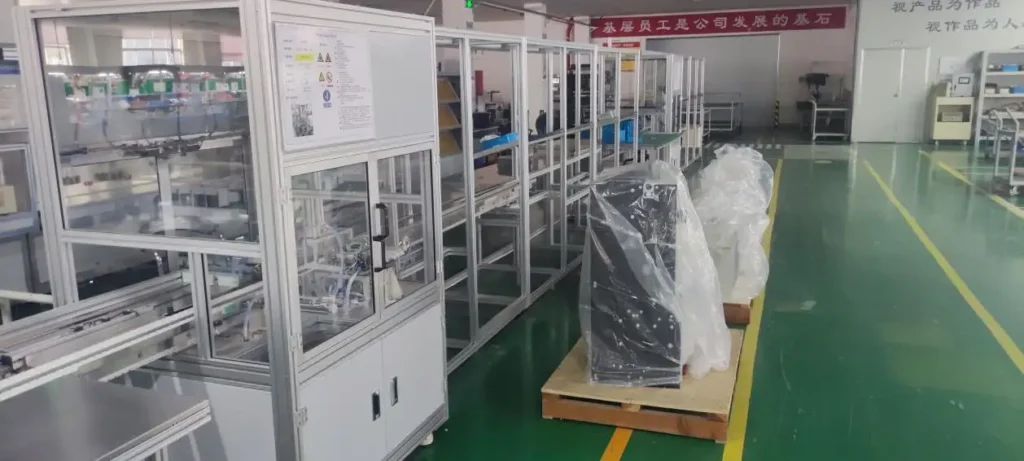
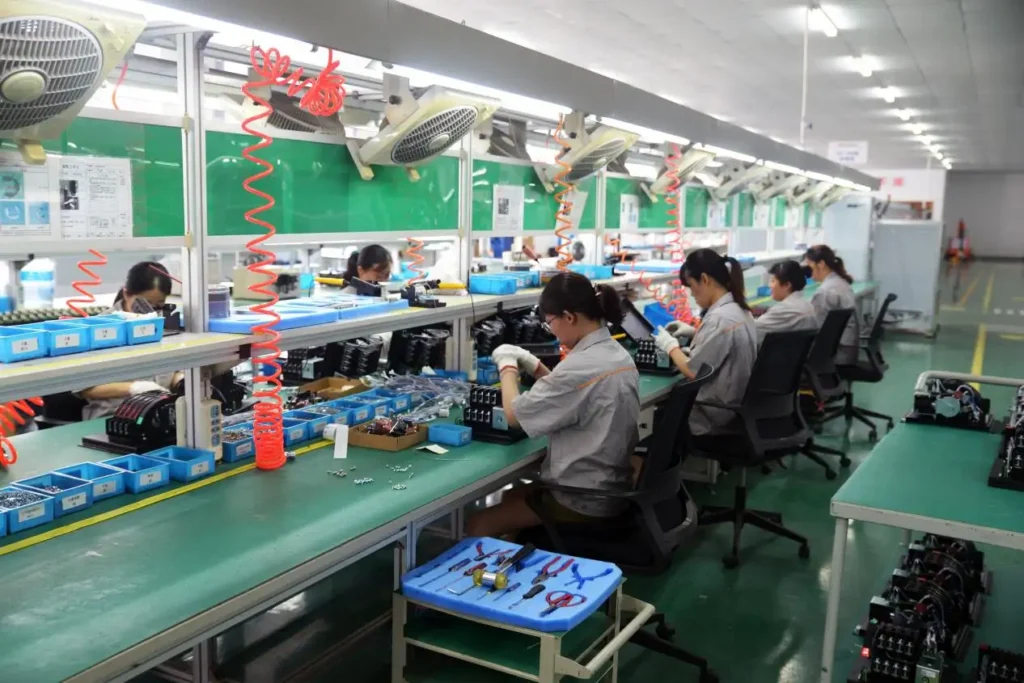
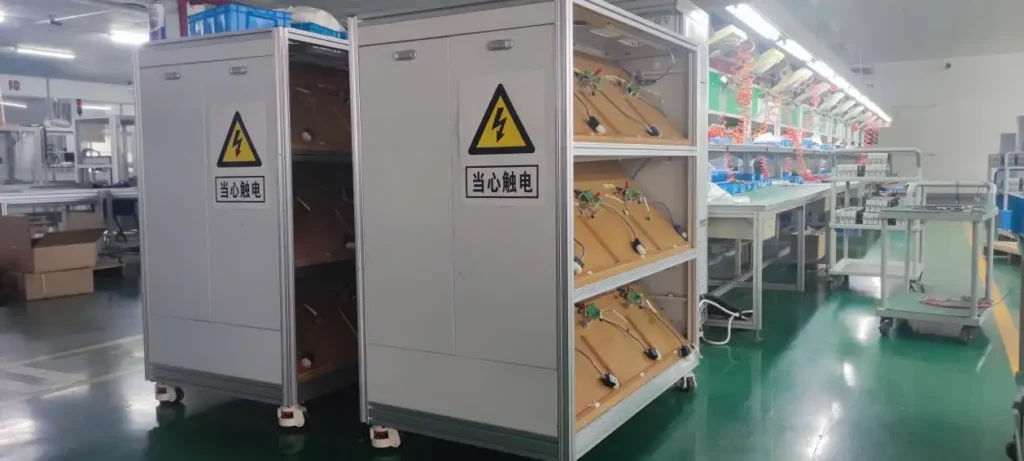
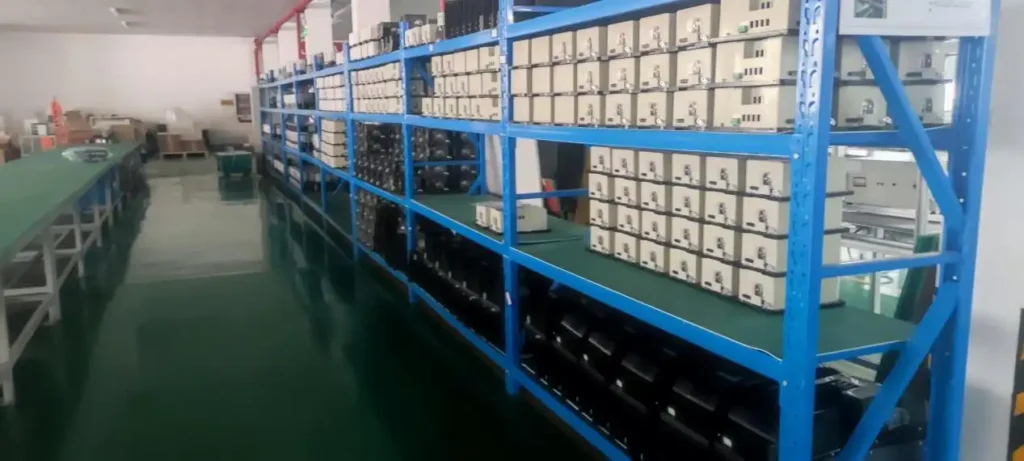
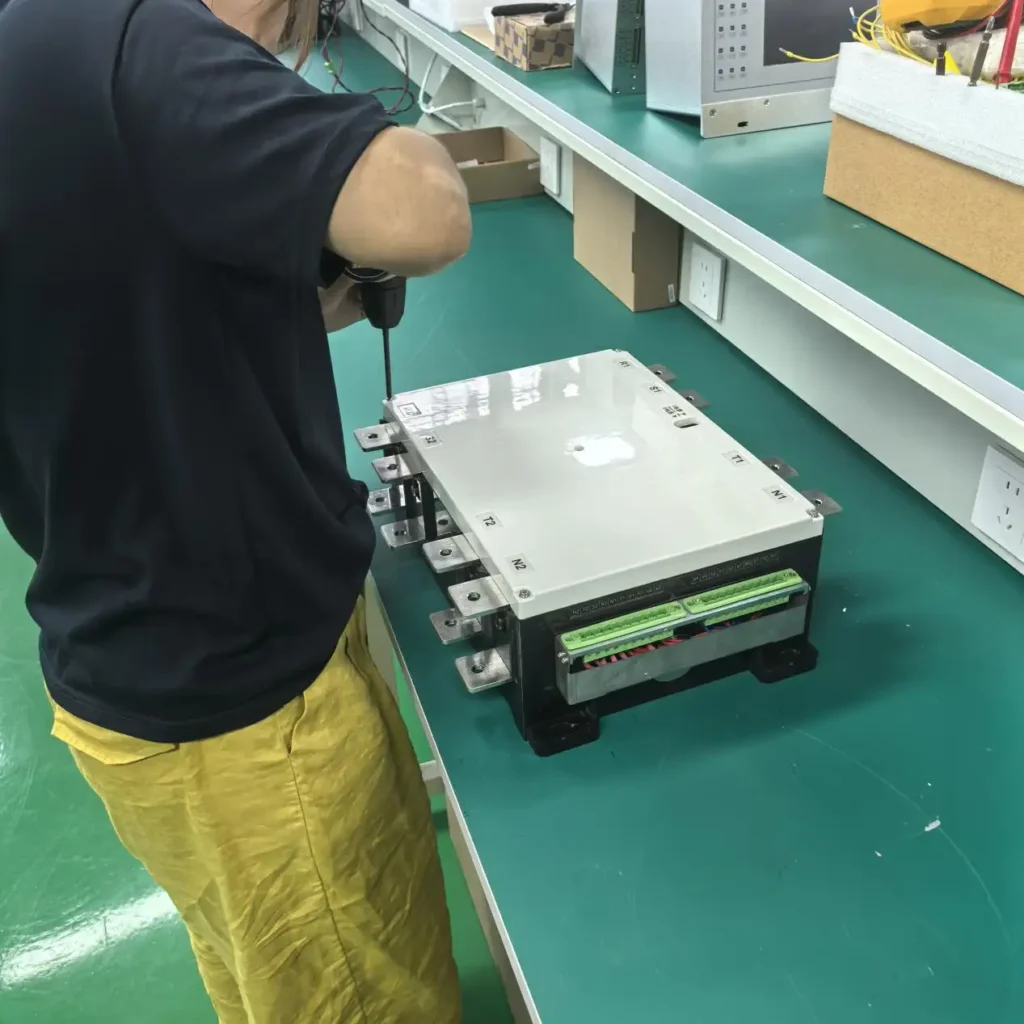
Why choose HIITIO High-Speed Transfer Switch (HTS) for your data center?
For data centers and mission-critical facilities that demand millisecond-class transfer and robust standards compliance, HIITIO’s HCT Series High-speed Transfer Switch (HTS) offers a proven solution. The HTS family supports transfer times as low as 5 ms, frame currents from 125A to 800A, multi-pole configurations (2P/3P/4P), and is designed to meet GB/T 14048.11 and IEC 60947-6-1 requirements. Contact HIITIO’s engineering team for a site-specific recommendation.

